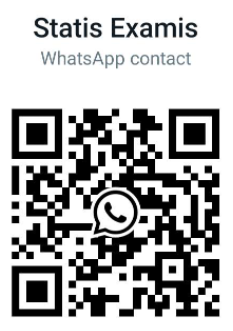Navigation » List of Schools » Glendale Community College » Psychology » Psychology 103 – Physiological Psychology » Spring 2022 » Chapter 4 Practice Quiz 3
Question #1
A GABA
B serotonin
C L-dopa
D epinephrine
E dopamine
Question #2
A glycine
B dopamine
C serotonin
D GABA
E glutamate
Question #3
A contain receptors for neurotransmitters.
B release chemical transmitters.
C influence synaptic transmission.
D all of these
E conduct signals.
Question #4
A none of these
B vesicles that have been integrated into the button membrane during exocytosis.
C all of these
D neurotransmitter molecules that have been drawn back into the terminal buttons after being released.
E the breakdown products of neurotransmitter molecules that have been degraded in the synapse by enzymes.
Question #5
A dopamine.
B acetylcholinesterase.
C acetylcholine.
D L-dopa.
E a G protein.
Question #6
A dopamine.
B glutamate.
C norepinephrine.
D acetylcholine.
E acetylcholinesterase.
Question #7
A Each neuron releases only one neurotransmitter.
B none of these
C All neurotransmitters are released into the synaptic cleft.
D All receptors are in postsynaptic membranes.
E Each neurotransmitter acts on only one receptor subtype.
Question #8
A dendritic receptors
B somatic receptors
C postsynaptic receptors
D dendritic spines
E autoreceptors
Question #9
A neurotransmitter.
B IPSPs.
C EPSPs.
D second messengers.
E APs.
Question #10
A somas.
B synaptic vesicles.
C postsynaptic membranes.
D ribosomes.
E presynaptic membranes.
Question #11
A mitochondria.
B vesicles.
C synaptic cleft.
D presynaptic neuron.
E postsynaptic neuron.
Question #12
A be synthesized in response to activation of metabotropic receptors.
B all of these
C bind to DNA to influence protein synthesis.
D induce IPSPs or EPSPs.
E influence metabolic activities of the cell.
Question #13
A are more prevalent.
B produce effects that are more diffuse.
C all of these
D produce longer lasting effects.
E produce effects that take longer to develop.
Question #14
A stimulates acetylcholine’s synthesis.
B inhibits acetylcholine.
C binds to acetylcholine.
D facilitates acetylcholine’s release.
E degrades acetylcholine.
Question #15
A attaching to vesicles.
B binding to postsynaptic receptors.
C entering postsynaptic neurons.
D binding directly to calcium ions.
E binding to presynaptic receptors.
Question #16
A an influx of calcium ions.
B the sodium-potassium pump.
C an efflux of sodium ions.
D the arrival of an AP at the axon hillock.
E the release of calcium ions from the buttons.
Question #17
A synthesis.
B excitation.
C metabolism.
D exocytosis.
E expulsion.
Question #18
A ionotropism.
B covalence.
C coexistence.
D metabotropism.
E cohabitation.




